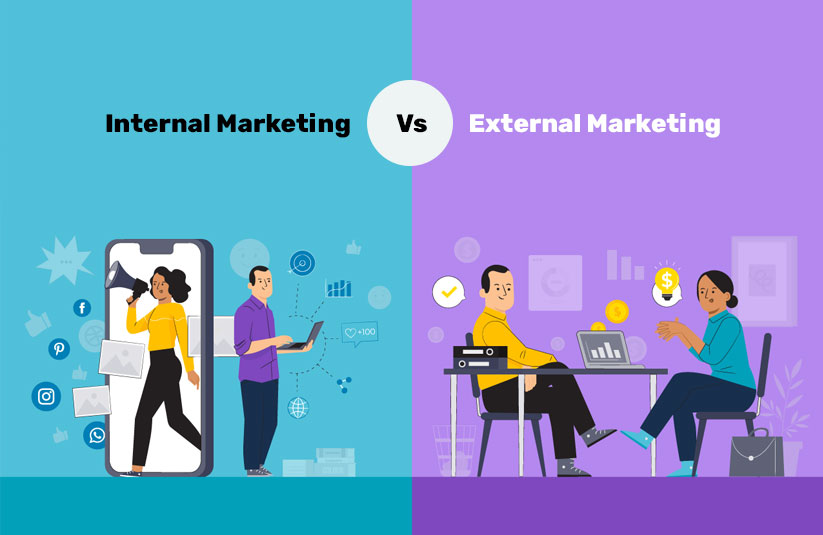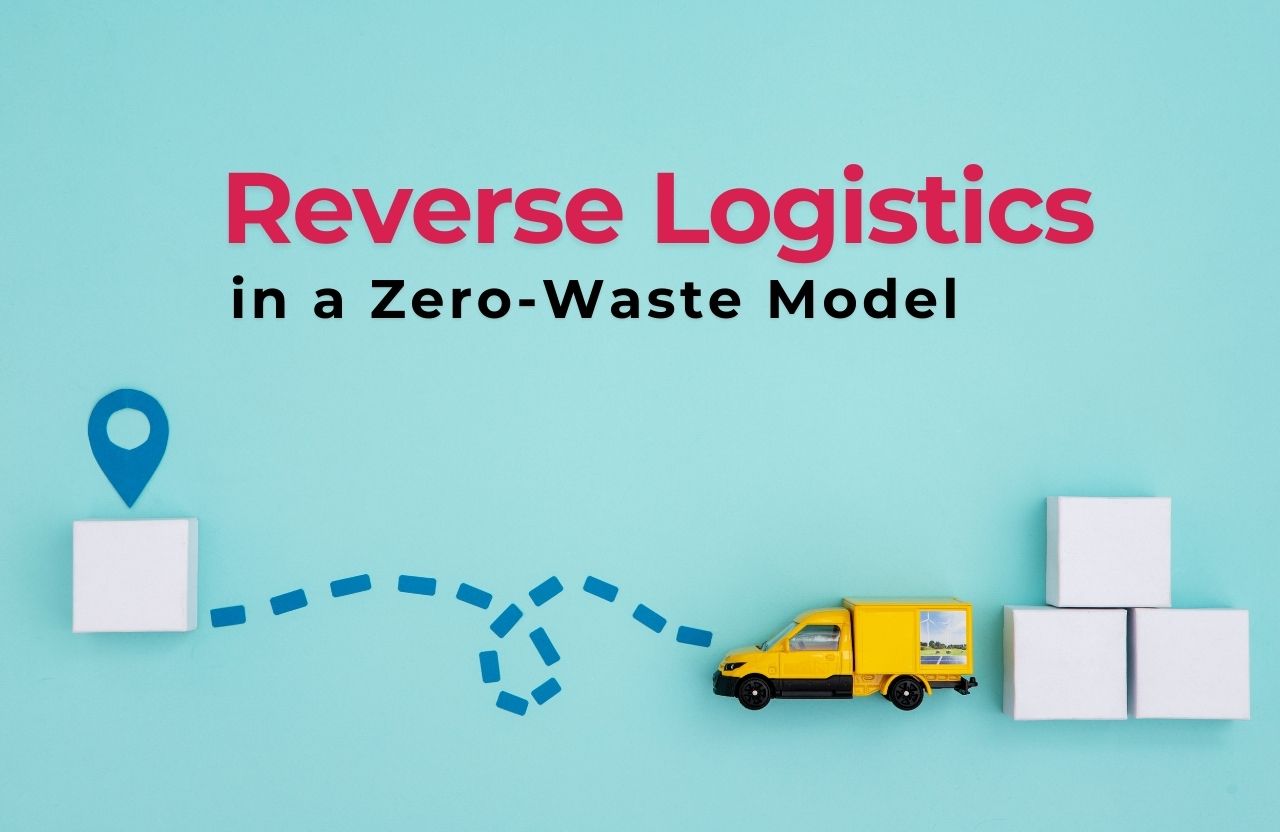When people hear the word “marketing,” they frequently assume that it refers to targeting customers with messages and content, but this is only one aspect of the concept. Marketing as it is widely understood is essentially external marketing, whereas telling your staff about your brand identity is internal. Internal and external marketing have quite different goals, even if brand identity and values should be expressed for both. Your business may benefit from recognizing the significance of both types of marketing, whether you’re implementing a comprehensive campaign plan to promote a new product or service or raising workplace awareness through identity reinforcement. Utilizing both marketing channels strengthens the overall brand identity.
External Marketing:
With external marketing, the primary goal is growth through acquiring new clients. This implies that all of your marketing efforts, including messaging, branding, and in-person contacts, are focused on bringing in new clients. Because of this, external marketing will be more polished and will present the reasons why prospects should choose your business over your competitors. Any external marketing materials must be attention-grabbing since external marketing begins with cold leads that ultimately warm up and result in conversions. This is mirrored in everything from SEO tactics to social media marketing, where you’ll pique patients’ curiosity and lead them through the sales funnel.
Internal Marketing:
Internal marketing will differ significantly from your external marketing. Your focus will be less on attracting attention and more on fostering your existing connections because, among other things, your target audience is made up of people with whom you already have relationships. The primary objectives of internal marketing are substantially different from those of external marketing. Internal marketing strives to increase employee happiness and retention while enabling your team to do better at what they do, as opposed to attempting to their selling services.
The Difference between Internal and External Marketing
Your tactics don’t have to distinguish between internal and exterior marketing even when your demography suggests it. Although they may likely take different shapes and provide different outcomes, being skilled in communication across these channels has broad ramifications for your business and the clients you serve.
Although you’ll probably utilize the same platforms for both internal and external marketing, your marketing strategy for doing so will be significantly different. For instance, social media will still be crucial for internal marketing, but instead of aiming to attract attention and interact with potential clients, your goal will be to foster teamwork and enlighten your employees. This will probably take the shape of a Facebook private group or establishing an official Instagram page for the company.
Another way your internal and external marketing will be different from one another is how you use incentives. Incentives are frequently presented to prospective clients in the form of competitive price, showcasing superior service, and touting the advantages of braces. You may also hold contests on social media and provide entertaining rewards. Internal incentives, on the other hand, include things like getting promoted, receiving an employee of the month award, and receiving more paid time off.
Most of the time, while discussing internal vs. external marketing, one of two topics comes up. They are first contrasting how we sell to our clients with how we can use the same techniques to our workers. Second, individuals discuss the advantages of using an internal marketing team as opposed to outsourcing marketing to a third-party firm. The size and objectives of a corporation are the key factors in the internal vs. external marketing discussion. In order to make a wise decision, each company must choose what is the most practical and cost-effective for its requirements.
Your inbound marketing will likely differ significantly from your external marketing in both of its overarching goals. The news is excellent. It implies that you don’t necessarily need to engage with internal audiences differently than you would with customers or clients outside of the company. You may use all you learn or have learned about external marketing to your workforce.
Conclusion:
You can unify a disparate workforce by keeping a consistent internal marketing approach. Through your marketing initiatives, you may strengthen any existing feeling of community among your employees. Don’t forget to take into account the needs of your staff. Meeting the demands of the consumer and fostering a relationship between them and your company are the main objectives of external marketing. When establishing your internal marketing goals and plan, keep this approach in mind. Pay attention to what your employees are telling you and provide them support in ways that will benefit both your business and them. Follow an integrated marketing communication to connect with your employees.
FAQs
Why internal and external marketing is important?
Internal Marketing strengthens the brand’s relationship within the organization while External marketing connects your services with your clients.
What are the objectives of internal marketing?
The main objective is to inspire, engage, and inform employees so that they can perform at their best.
Why is marketing important today?
Marketing gives awareness about your products and services to your customers. It helps them to engage and also make a buying decision.













